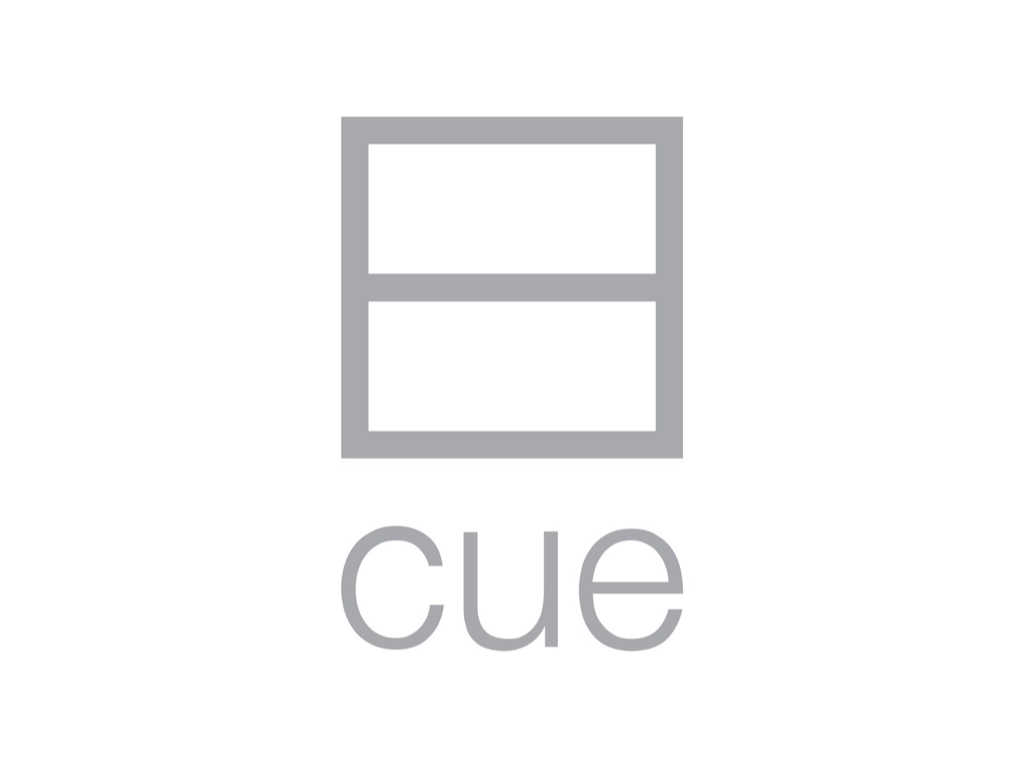



Orignal From: 360DX
Cue Health on Tuesday afternoon announced a whopping year-over-year uptick in revenues for the fourth quarter, beating the consensus Wall Street estimate.
For the three months ended Dec. 31, 2021, the San Diego-based diagnostic test development company, which went public in September, posted $192.5 million in revenues compared to $13.3 million in Q4 a year ago. The analysts' average estimate was $185.3 million.
The firm's revenues were in line with its preliminary results released in January.
Growth was driven by the firm's production capacity ramp-up throughout the year, delivery on a US Department of Defense contract, and customer base expansion, the company said in a statement. Cue Health delivered 6 million test cartridges and 30,000 Cue Readers to fulfill the DoD contract, CEO and Cofounder Ayub Khattak said on a conference call to discuss the firm's financial results.
Product revenues were $191.3 million compared to $13.3 million in Q4 2020, while grant and other revenues were $1.2 million compared to none a year ago.
The company recorded public sector revenue of $88.5 million, which accounted for 46 percent of revenues in Q4. It posted $104.0 million in private sector revenue during the quarter.
Disposable test cartridge revenue in Q4 2021 was $165.4 million, up 7 percent from the prior-year quarter, due to the production scale-up and "related efficiencies," it said. The company has shipped more than 230,000 readers to date, nearly doubling the number of readers shipped through Q3 2021, with 40,000 readers shipped in the fourth quarter.
Khattak said on the call that Cue has also begun commercialization internationally, in Canada and Singapore.
Cue Health had a net income of $34.2 million, or $.22 per share, in the recently completed quarter compared to a net loss of $19.5 million, or $1.16 per share, in Q4 a year ago. The consensus Wall Street EPS estimate was $.10.
The company's R&D costs shot up to $21.7 million from $1.9 million, while its SG&A expenses grew to $44.7 million from $17.1 million.
Khattak said in a statement that the firm plans to launch "a number of clinical studies" and make multiple submissions to the US Food and Drug Administration before the end of 2022. On the company's call, he expanded on those plans, saying that the firm intends to submit its COVID-19 test to the FDA for 510(k) clearance in Q2 and its influenza A/B test in Q3.
Cue Health also submitted an Omicron-specific COVID-19 test to the FDA for Emergency Use Authorization on March 3, Khattak added. That test is able to detect both the BA1 and BA2 variants of Omicron, he noted.
Other assays in the pipeline include a multiplex COVID-19 and influenza test, a respiratory syncytial virus test, and a multiplex chlamydia and gonorrhea test, Khattak said.
Full-year revenue for 2021, meantime, was $618.1 million, compared to $23.0 million in 2020. It edged out the Wall Street estimate of $616.1 million in revenues for the year.
Product revenues were $615.8 million, compared to $15.4 million for the year. Grant and other revenues were $2.3 million, down from $7.6 million in 2020.
Public sector revenue was $385.3 million, up from $16.4 million in 2020, while private sector revenue was $232.8, compared to $6.5 million.
Net income for the year was $86.4 million, or $.59 per share, up from a loss of $47.4 million, or $2.90, in 2020. The firm missed the consensus Wall Street estimate of $.96 per share.
In 2021, the firm's R&D costs were $42.8 million, compared to $28.5 million the previous year. SG&A costs, meantime, were $108.5 million in 2020, up from $24.7 million. Cue CFO John Gallagher said on the call that the company has ramped up its R&D efforts with a focus on menu expansion and software development for its virtual offerings.
Cue Health exited the year with $409.9 million in cash and cash equivalents and $13.8 million in restricted cash.
The company said Q1 2022 revenues are expected to be in the range of $170 million to $180 million. Gallagher noted that because Cue's business is tied to COVID-19 rates, it's difficult to predict how demand will progress throughout the rest of the year. As a result, the firm isn't providing full-year guidance, but plans to provide an update on its Q1 earnings call.